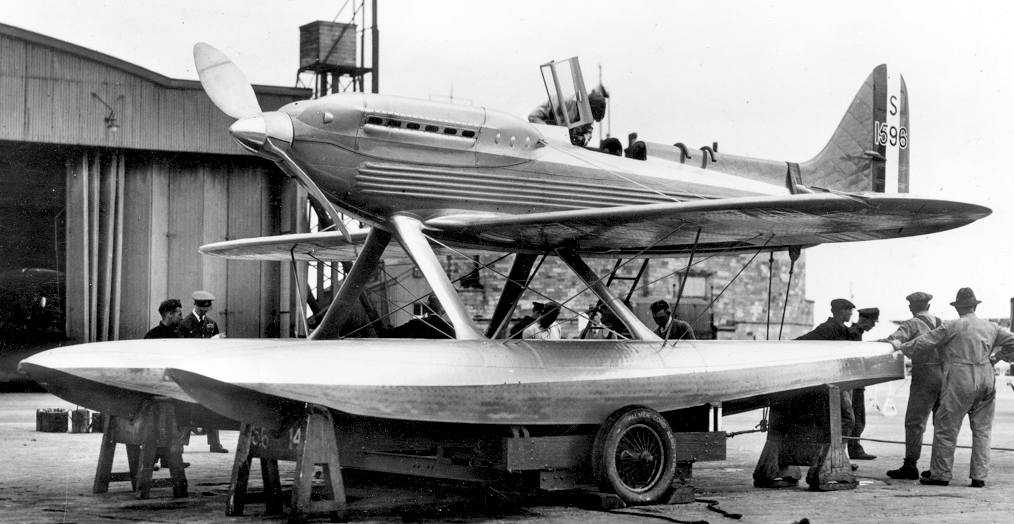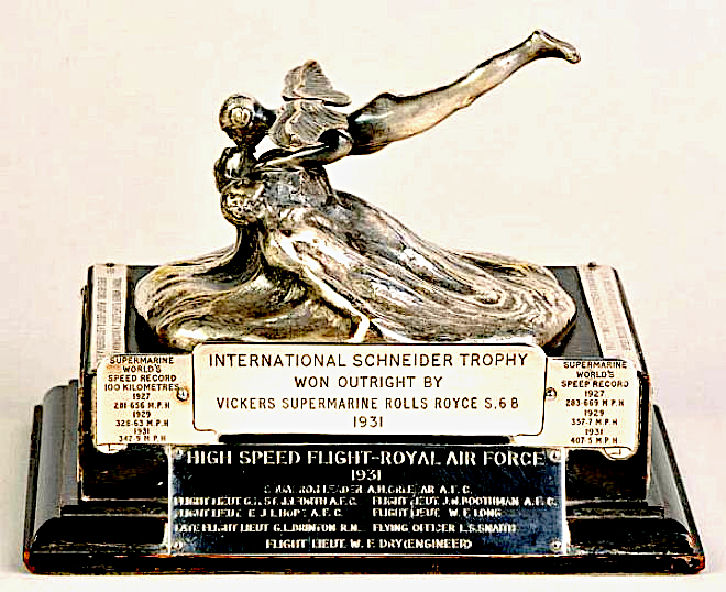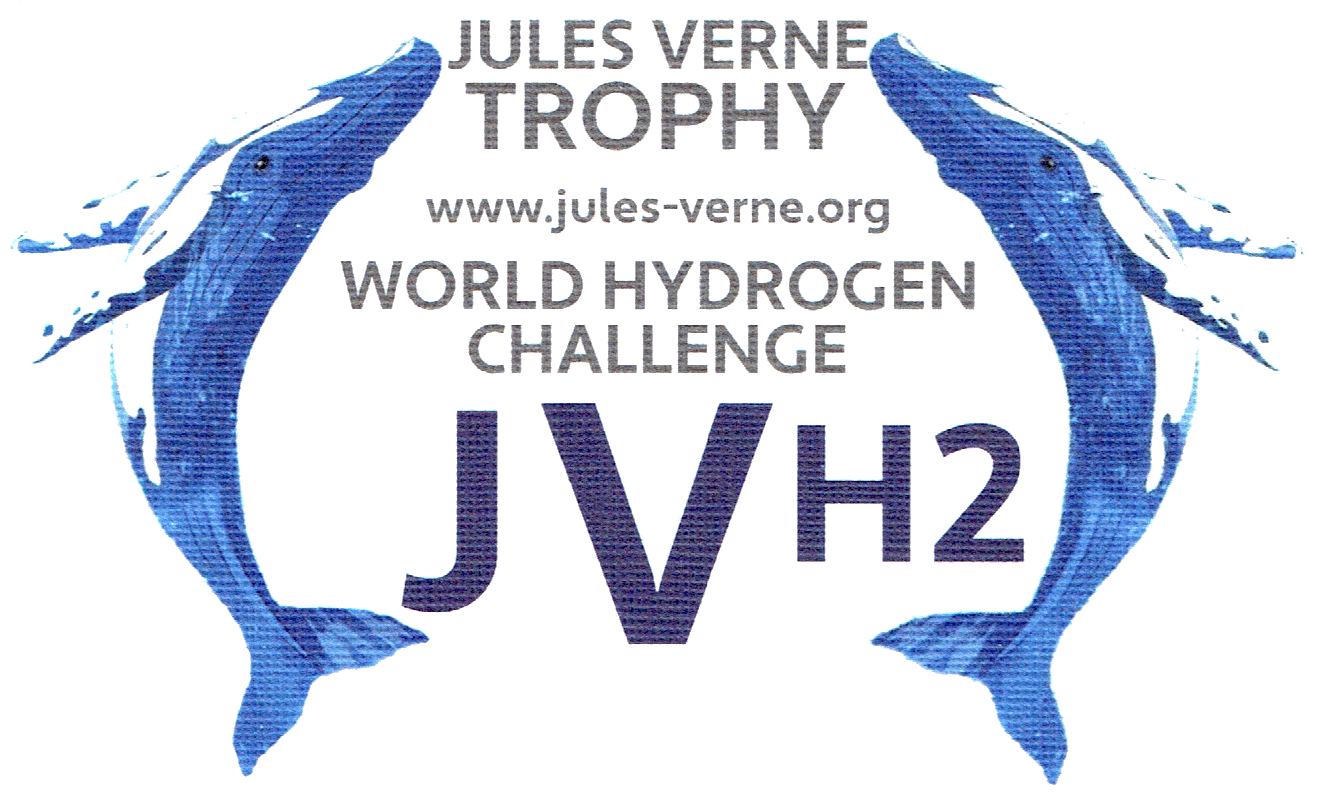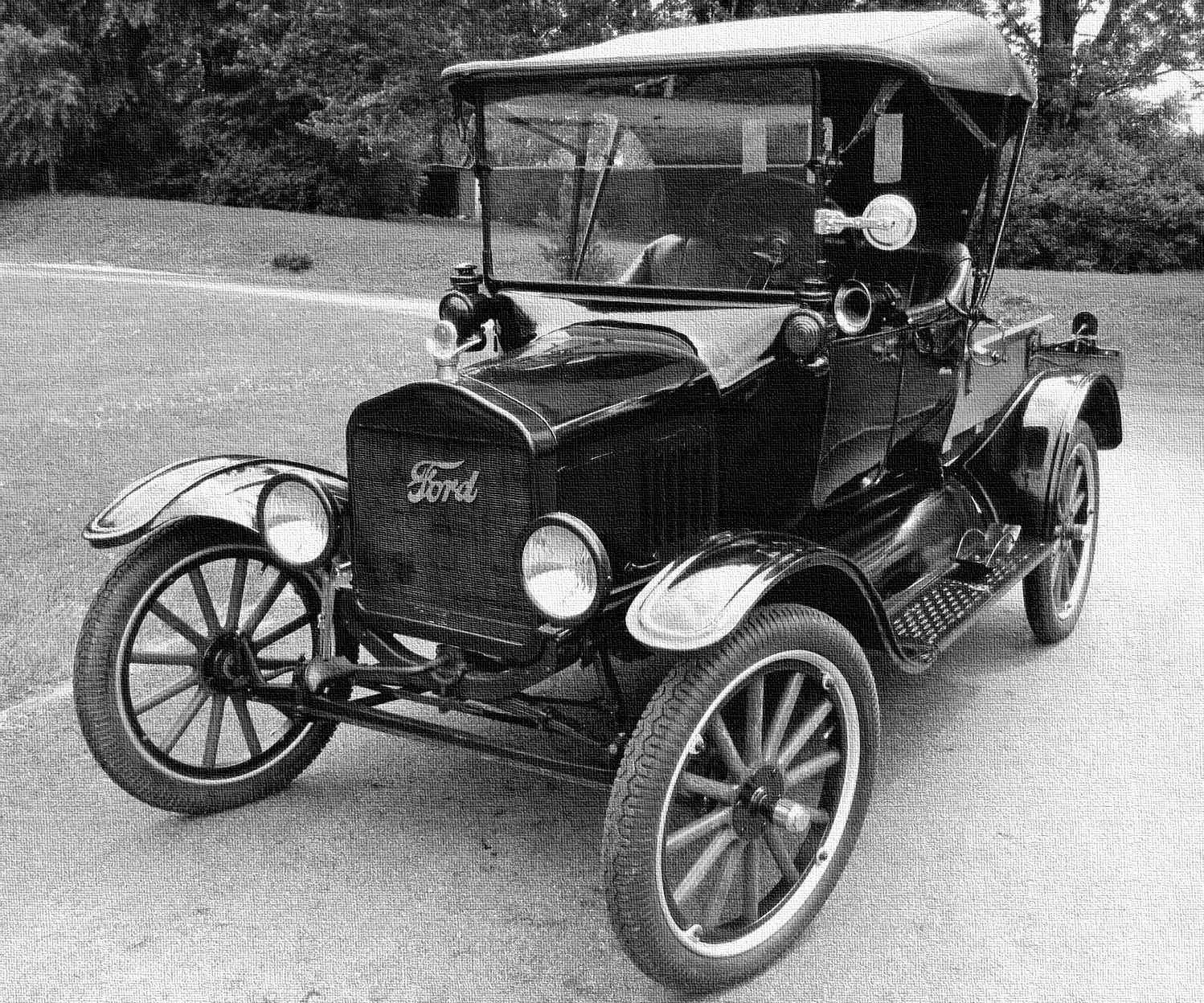|
H2 AIRCRAFT CATEGORY
WORLD'S FIRST TRANSATLANTIC HYDROGEN POWERED FLIGHT
Please use our A-Z to navigate this site or return HOME
|
|
SPIRIT OF ST. LOUIS - Charles Lindbergh changed history on the 20th May 1927, when he crossed the Atlantic Ocean in his single engine monoplane. Before this, Louis Bleriot crossed the English Channel on the 25th July 1909. Has the electric aircraft come of age sufficiently to cross the Atlantic on hydrogen?
|
|
There is no limit to the design of aircraft that are entered into the Jules Verne Hydrogen Trophy series of events to demonstrate the possibility of crossing the Atlantic Ocean in a hydrogen powered flying machine.
It is Open Class.
You can field an existing aircraft, conversion that is adapted from a production craft, or a custom build.
More than likely, the cost of producing your entry will play a major part, as will physics and logistics.
The challenge is to travel from mainland USA to mainland Europe, or Europe to USA if you are feeling lucky.
Hence, the trophy will be awarded for:
Stage 1. A first transatlantic crossing by an aircraft powered by hydrogen, manned or unmanned.
and subsequently;
Stage 2. The fastest transatlantic crossing by an aircraft powered by hydrogen.
Stage 3. The most economical transatlantic crossing of the Atlantic in either category.
Stage 4. The first fare paying passenger carrying crossing of the Atlantic.
Such a challenge is something extraordinary to aim for. Not to be taken lightly, or for the faint of heart.
ROLLS ROYCE - We wonder if they might one day be a 'JVH2' World Hydrogen Trophy contender. This is not a hydrogen powered plane. It looks like an electric version of the Supermarine Spitfire, only, without the Rolls Royce V12 Merlin engine or floats. The Spitfire, derived of course, from the famous Schneider Trophy planes designed by Reginald Joseph (R J) Mitchell.
VICKERS SUPERMARINE - The aero club winning 3 races in 5 years would retain the cup and the winning pilot would receive 75,000 francs. Each edition of the race was to be hosted by the previous winning country. The races were to be supervised by the Fédération Aéronautique Internationale and the Aero Club in the hosting country.
Jacques Schneider was a French industrial manager, licensed plane and balloon pilot, and, for a long time, held the balloon altitude record (10.081 m, 33,074 ft.). Deprived of flying due to a serious accident, he supported various competitions and aero clubs financially.
SCHNEIDER TROPHY - The trophy was a work of art costing 25,000 francs (about 67.000 euros 2001). Expensive, but nowhere near the cost of the Hales Trophy, for the Blue Ribband. The aero club winning 3 races in 5 years would retain the cup and the winning pilot would receive 75,000 francs. Each edition of the race was to be hosted by the previous winning country. The races were to be supervised by the Fédération Aéronautique Internationale and the Aero Club in the hosting country.
Each club would be permitted to enter up to three competitors with an equal number of alternates. In 1921 the course was increased to 212 nautical miles, with only one authorized take off, after a 2,5 nautical mile water navigation contest. After 1921, an additional new requirement was added: the seaplane had to remain moored to a buoy for six hours without crew aid. Crowds in excess of 250,000 spectators gathered to watch the Schneider Cup races, proving a keen public interest in this type of competition.
The one rule that competitors must work to, is using hydrogen by any means to power their entry. This can be compressed gas, liquid hydrogen, ammonia, methanol, or peroxide. So long as the fuel used is derived from hydrogen or a hydrogen compound. Preferably, green hydrogen, produced from a renewable energy source.
You can use the fuel to power an internal combustion engine in this category, jets, or electric motors via fuel cells.
The Cleaner Ocean Foundation are SGD Champions. You can become a green technology Advocate, helping to forge a better world on sustainable principles, by attempting this challenge. Actions speak louder that words.
|
|
FORD MODEL T - Electric cars were more popular as a mode of transport, until the electric starter motor made it easy to operate petrol and diesel engines, powered by fossil fuels. Then Ford came along with the Model T, making cars affordable. Well done to Henry. Today the challenge is to make automotive transport clean and economical so that everyone may use it, in a sustainable world, for a healthier future.
|
|
Please use our A-Z INDEX to navigate this site or return HOME
This website is Copyright © 2023 Jameson Hunter & Cleaner Ocean Foundation Ltd, equal opportunities companies. This website is carbon friendly, using less energy to load on average per page via simplicity & picture optimization. The same may not apply to third party links.
|




